Canon EOS 50D
-
-
Written by Gordon Laing
Outdoor resolution - Canon EOS 50D vs Nikon D90 vs Canon EOS 40D
Canon EOS 50D results : Outdoor resolution / Studio resolution / 50D vs 40D Noise / 50D vs D90 Noise / Noise Reduction
Canon EOS 50D with Canon EF-S 18-200mm IS |
Nikon D90 with Nikkor DX 18-105mm VR |
Canon EOS 40D with Canon EF-S 18-200mm IS | ||
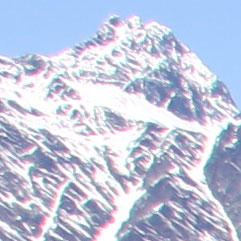 |
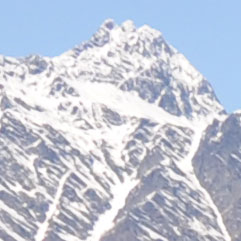 |
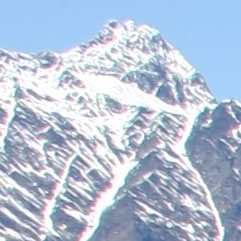 | ||
f8, 100 ISO |
f8, 200 ISO |
f8, 100 ISO | ||
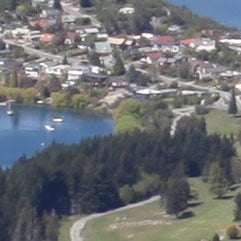 |
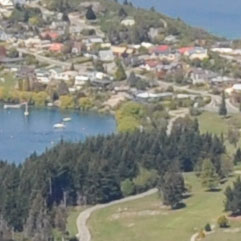 |
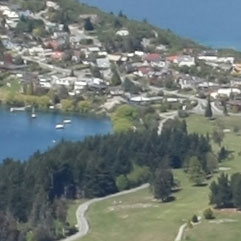 | ||
f8, 100 ISO |
f8, 200 ISO |
f8, 100 ISO | ||
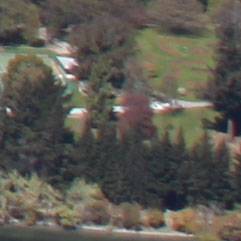 |
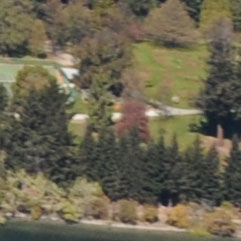 |
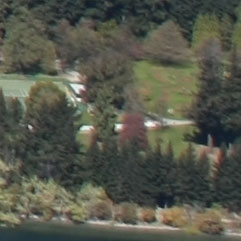 | ||
f8, 100 ISO |
f8, 200 ISO |
f8, 100 ISO | ||
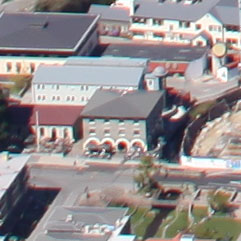 |
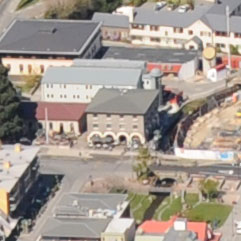 |
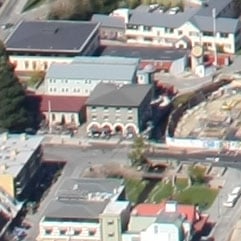 | ||
f8, 100 ISO |
f8, 200 ISO |
f8, 100 ISO |
Canon EOS 50D: JPEG versus RAW
|
We photographed the scene here in the EOS 50D’s RAW plus Large Fine JPEG mode, allowing us to directly compare images created from exactly the same data. Below are crops taken from the original JPEG file alongside the RAW version, processed in Canon’s supplied Digital Photo Professional (DPP) 3.5 software using the default Sharpness of 3, Peripheral Illumination of 70 and the Chromatic Aberration correction set to 100. The processed RAW file looks more refined with greater detail across the image, most obviously in the trees. It’s not quite the lifting of a veil that we’ve seen on other JPEG versus RAW comparisons, but again the original data is limited by the lens used. To see a technical difference comparing the 50D’s JPEG and RAW files with a higher quality lens, see our EOS 50D Studio resolution page. In the meantime, what this particular cropped area doesn’t show is DPP’s effective elimination of coloured fringing on the RAW file. This greatly improved the appearance of areas which visibly suffered from fringing as seen in the samples above. |
Canon EOS 50D JPEG with Canon EF-S 18-200mm IS |
Canon EOS 50D RAW with Canon EF-S 18-200mm IS | |
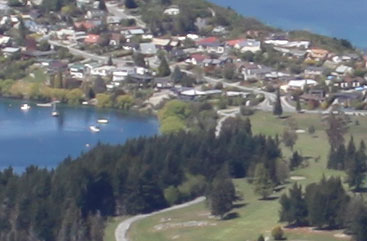 | 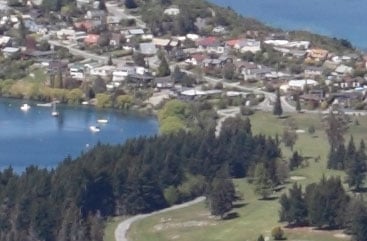 | |
f8, 100 ISO |
f8, 100 ISO |
Canon EOS 50D results continued…
Outdoor resolution / Studio resolution / 50D vs 40D Noise / 50D vs D90 Noise / Noise Reduction
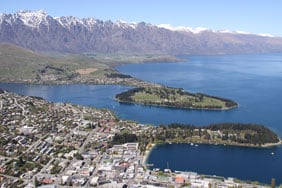 |
To compare real-life performance we shot the same scene with the Canon EOS 50D, Nikon D90 and Canon EOS 40D within a few moments of each other using their best quality JPEG settings, base sensitivities and default processing options.
We tested both Canon bodies with the same EF-S 18-200mm IS lens, and the Nikon D90 with the DX 18-105mm kit lens. The focal length of each lens was adjusted to deliver the same field of view and the aperture set to f8 for optimum sharpness.The 50D’s Auto Lighting Optimiser was set to its default Standard, while the Nikon D90’s Active D-Lighting was set to its default Auto. As such this test compares how each body’s in-camera JPEGs compare with their default settings. Note, in our High ISO Noise results we’ll switch both settings off.
The image above was taken with the Canon EOS 50D at a sensitivity of 100 ISO, using the EF-S 18-200mm IS kit lens at 24mm f8; the original Large Fine JPEG file measured 6.56MB. The crops are taken from the upper left, centre, lower right and left of centre, and are presented here at 100%. The Nikon D90 and Canon EOS 40D crops show larger areas due to their lower resolutions. The EOS 40D and Nikon D90 required +0.7EV and -0.7EV of compensation respectively to match the EOS 50D’s exposure here.
Comparing the EOS 50D crops against those from the EOS 40D first, its obvious while the former is capturing many more pixels, there’s not a huge difference in the actual detail resolved. Look carefully and you will see an advantage to the 50D below, but it’s not as significant as you might expect given its 50% greater total pixel count.
Before you discount the 50D’s higher resolution though, consider the lens. Canon supplied our EOS 50D sample in a kit with the new EF-S 18-200mm IS lens, which we used on both the EOS 50D and 40D here. Judging from the results below, and in our studio tests on the next page, this lens is holding back what the 50D is capable of resolving. Indeed the most obvious differences between the 50D and 40D crops below is not the resolved detail, but the size of the optical artefacts. When viewed at the pixel level, any coloured fringing or lack of sharpness is much more obvious on the 50D’s samples. Artefacts which may have been acceptable on the 40D’s images become much less so when viewed on the 50D at 100% on your computer monitor.
Fit a higher quality lens to the 50D and you’ll see the resolution differences between it and the 40D increase, but be in no doubt, if you use a lesser quality model, you won’t be exploiting the 50D’s full potential. This of course applies to every DSLR, but becomes more noticeable as you move to higher resolutions, and the 50D’s pixel density is the highest yet for an APS-C sensor.
That said, the sheer convenience of models like the EF-S 18-200mm IS could outweigh their ultimate resolvable detail for some owners, and it has to be said, even when fitted on the 50D, Canon’s new superzoom can still deliver good results – see our Gallery page for more examples. But again this lens is better-suited to the lower resolution models in the range, and to see the best from the 50D, you’ll want something better like the EF 24-105mm f4L. Look out for our forthcoming full review of the EF-S 18-200mm IS where we’ll compare it against alternative EF-S zooms.
Moving onto the Nikon D90 crops, all that talk of optical artefacts might make you wonder if the Nikkor DX 18-105mm VR lens is a far superior design – after all, the crops below are bereft of coloured fringing. As we explained in our Nikon D90 review though, this result is thanks to in-camera reduction of chromatic aberrations on JPEGs, and the only way to see what the lens is really doing is to switch the D90 to RAW or of course mount it on a different body. That said, the in-camera processing is delivering a good result, although we should mention both sets of Canon crops also cleaned-up very nicely when we applied similar chromatic aberration reduction using the supplied Digital Photo Professional software on RAW versions of the same composition.
To be fair though, the DX 18-105mm VR is sharper in some areas of the image where the EF-S 18-200mm IS has become soft – this is particularly noticeable in the third row of crops. In terms of actual detail resolved, the Nikon D90 with its kit lens is delivering similar results to the 50D with the EF-S 18-200mm IS, although again equip them with better optics and the 50D will edge ahead. It’s certainly not a difference of night and day though.
The EOS 50D can benefit from shooting in RAW as you can see by scrolling to the bottom of this page. Alternatively if you want to skip straight over to some stricter conditions, head on to our EOS 50D Studio Resolution page.




